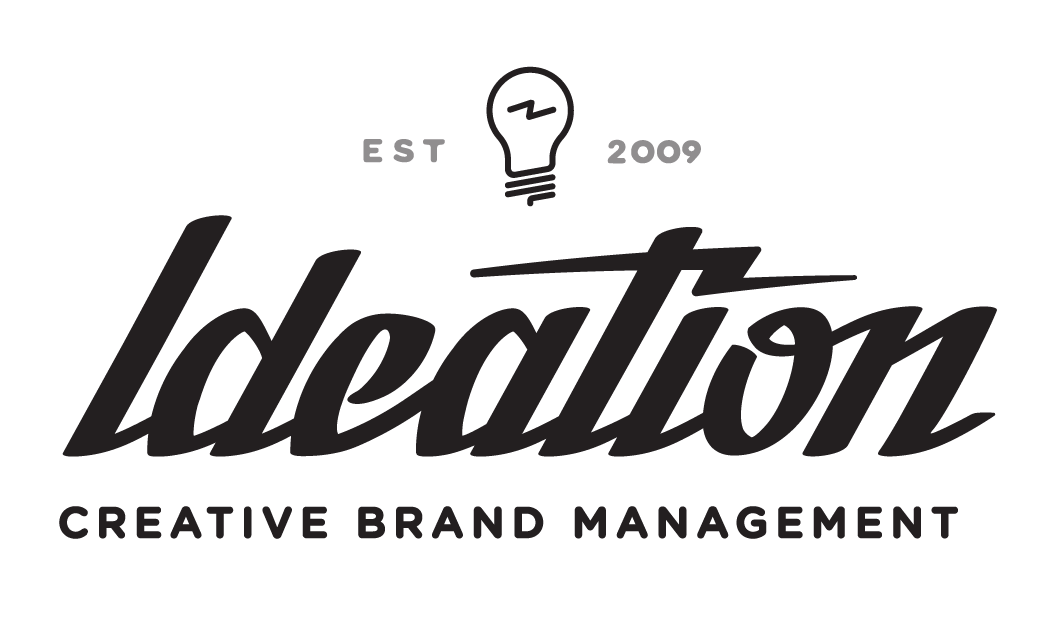Promotional products are a powerful tool for building brand awareness and driving customer engagement. But with so many options to choose from, how do you know which products are truly effective in achieving your marketing goals? The answer lies in measuring your return on investment (ROI). By tracking the success of your promotional product campaign, you can gain valuable insights into what’s working and what’s not and make data-driven decisions to maximize your marketing budget. In this article, we’ll explore the importance of measuring ROI for promotional product campaigns and provide you with practical tips and strategies for determining the success of your own campaign. We’ll cover topics such as setting goals, tracking metrics, analyzing data, and adjusting based on your findings. Whether you’re a seasoned marketer or new to the world of promotional products, this guide will help you take your campaigns to the next level and achieve a higher ROI on your marketing investment.
Setting goals: Before launching any promotional product campaign, it’s important to clearly define your goals and objectives. Are you trying to drive sales, increase brand awareness, or encourage customer loyalty? Once you’ve established your goals, you can tailor your campaign and metrics accordingly to measure success.
Identifying metrics: To measure the success of your promotional product campaign, you need to identify relevant metrics to track. Depending on your goals, metrics could include things like website traffic, social media engagement, lead generation, or sales conversions. By choosing metrics that are aligned with your goals, you can ensure that you’re measuring the impact of your campaign in a meaningful way.
Tracking data: Once you’ve identified your metrics, you need to track relevant data throughout your campaign. This can include tracking website analytics, social media engagement, or sales conversions in a spreadsheet or other tracking tool. By keeping track of your data, you can identify patterns or trends that can help you make more informed decisions about your campaign.
Analyzing data: After your promotional product campaign has concluded, it’s important to analyze your data to determine what worked and what didn’t. This can involve looking for correlations between specific tactics or products and the success of your campaign, as well as identifying areas for improvement or optimization.
Making adjustments: Based on your analysis, you may need to make adjustments to your promotional product campaign to improve its effectiveness. This could involve tweaking your messaging, targeting a different audience, or choosing different products to promote. By making data-driven decisions, you can maximize the impact of your promotional product campaign and achieve a higher ROI.
Here are four good examples of how to track ROI with promotional products:
- Custom URLs and Landing Pages: One effective way to track the ROI of promotional products is to create custom URLs and landing pages for a campaign. By including a unique URL or QR code to a landing page on your promotional products, you can track how many people visit that specific page. This allows you to measure the impact of your promotional products on website traffic, lead generation, and sales conversions.
- Coupon Codes and Promo Offers: Another way to track the ROI of promotional products is to include coupon codes or special offers on your products. By offering a discount or other promotion that is exclusive to your promotional products, you can track how many people use that code or offer. This allows you to measure the impact of your promotional products on sales conversions and customer retention.
- Surveys and Feedback Forms: You can track the ROI of promotional products by collecting feedback from customers. This can involve using surveys or feedback forms to ask customers how they heard about your company, what prompted them to make a purchase, or how likely they are to recommend your products or services to others. By collecting this feedback, you can gain valuable insights into the impact of your promotional products on customer engagement and loyalty.
- Create Reciprocity: Quite simply, send something out to a list of prospects with a call to action. The receiving of a gift creates a sense of reciprocity for the receiver. This can be a nice gift box or a single item. Inside the box is a call to action to contact a salesperson. Reversely, you can warm up a lead by sending out the gift and letting the prospect know a salesperson will follow up with them. You can then track conversions of the gift to a sale.
With all this being said, it is important to point out that there are many reasons to leverage promo and NOT measure data-driven ROI. There are many instances where the effort is merely to create an emotional connection. Activities to create brand awareness, loyalty, and fandom don’t need to be measured. Two examples that don’t need to measure data ROI would be New Hire Welcome Gifts and employee or customer appreciation gifts. There is intrinsic value in knowing those acts create an inherent ROI.
One thing is for sure, you want to work with a creative promo agency that understands these concepts and just isn’t selling you swag to just get a sale. Look for creative consultants that can help you ideate campaigns to get the desired outcomes you seek. Contact us today to learn how we can help you optimize your marketing efforts and achieve a higher ROI.

